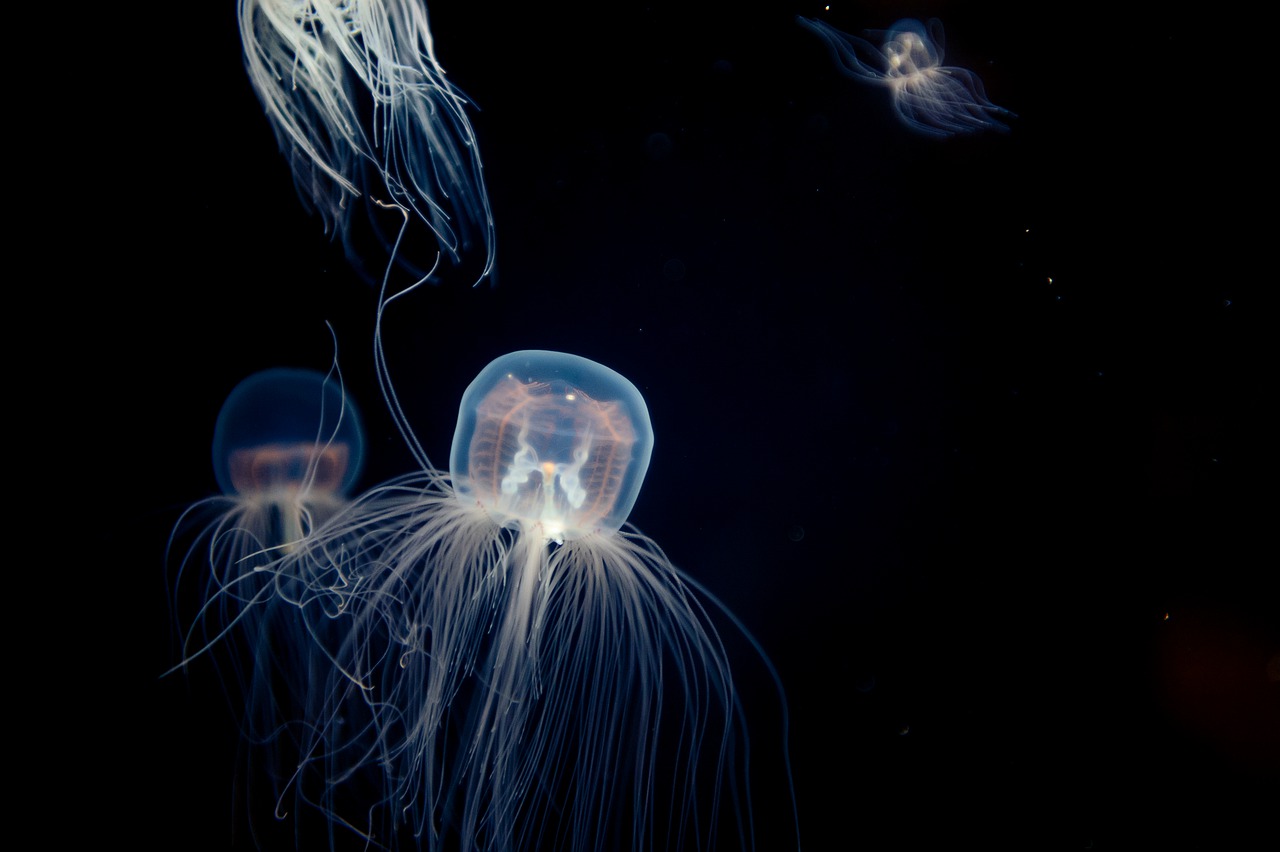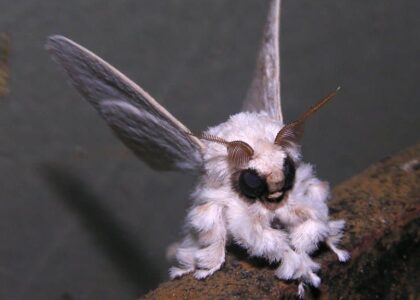To live forever. The concept sounds ideal, never having to run out of time, living through a variety of eras, and most of all having the ability to do nothing and not feel bad about it. However, almost all of what we desire comes at a cost, and if the cost meant turning back into a baby every time you were at the edge of death, would you do it? Well that’s how this one tiny species on the ocean floor lives forever.
The turritopsis dohrnii, also known as the immortal jellyfish is a species of jellyfish first discovered in the Mediterranean sea that somehow can escape the slow dreadful aging process. These immortal jellyfish are often found in tropical waters and hold a bell-shaped figure lined with 90 white tentacles and reaching about 4.5 mm in its adult stage.
How Does It Work?
Jellyfish are fascinating creatures. They are believed to have existed around 500 million years ago and despite their lack of protective covering they still tend to thrive in unique ways. Some common methods used are by their stinging tentacles and transparent bodies to help in hiding. For the immortal jellyfish, protection occurs by reversing its life cycle when under stress or starvation to transform itself back to its early stages of life. There are four stages that the turritopsis dohrnii undergo in their life cycle. The beginning of the life cycle starts as a planula, which then finds a surface to settle on and grow into a polyp. The polyp stage then releases multiple jellyfish which reach its medusae stage in a few weeks. The medusae stage is the adult stage of a jellyfish which is the common image of a jellyfish.
The transformation back occurs when they retract their tentacles and shrink back into their polyp stage. When this transpires, adult cells can transform into entirely different cells which are then used for a new purpose than its previous use. Back into the polyp stage, genetically identical clones of the adult jellyfish are released from the polyp. This process can then reoccur repeatedly if needed. Though this allows the jellyfish to avoid death by old age, their death still occurs if it is killed.
What Does This Mean For Us?
Researchers can discover new benefits from this process in medicine. This conversion is scientifically known as transdifferentiation and can be used for research for potential aid in stem cell research. This can then be applicable to stem cell research as damaged cells can hopefully one day be restored and recycled, similar to how the immortal jellyfish recycles their cells.
Nature and evolution undergo fascinating techniques to survive, though the ability to create genetic clones of oneself and experience regeneration may take the win as one of the most clever ways to beat death. So what do you think, if eventually there was a possibility of sustaining human life endlessly so we can cheat our death, would you choose to do it?
Sources:
AMNH. (2015). The “immortal” jellyfish that resets when damaged. American Museum of Natural History. Retrieved July 14, 2022, from https://www.amnh.org/explore/news-blogs/on-exhibit-posts/the-immortal-jellyfish#:~:text=Turritopsis%20dohrnii%2C%20the%20so%2Dcalled,is%20injured%20or%20otherwise%20threatened.&text=Like%20all%20jellyfish%2C%20Turritopsis%20dohrnii,develops%20from%20a%20fertilized%20egg.
V101 Science. (2017, February 11). The strange but incredible immortal jellyfish. YouTube. Retrieved July 14, 2022, from https://www.youtube.com/watch?v=Z7d5P0pDVUo





